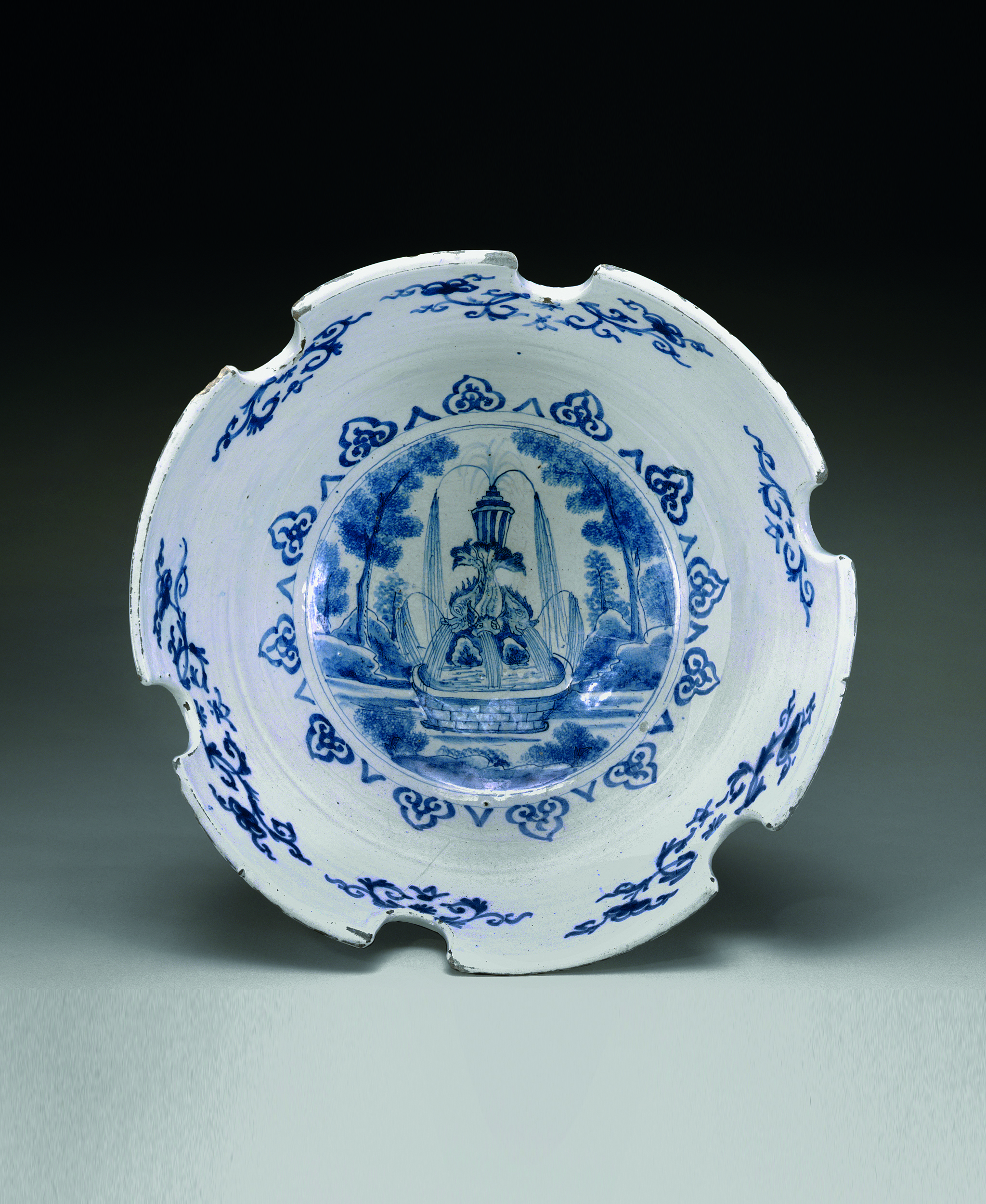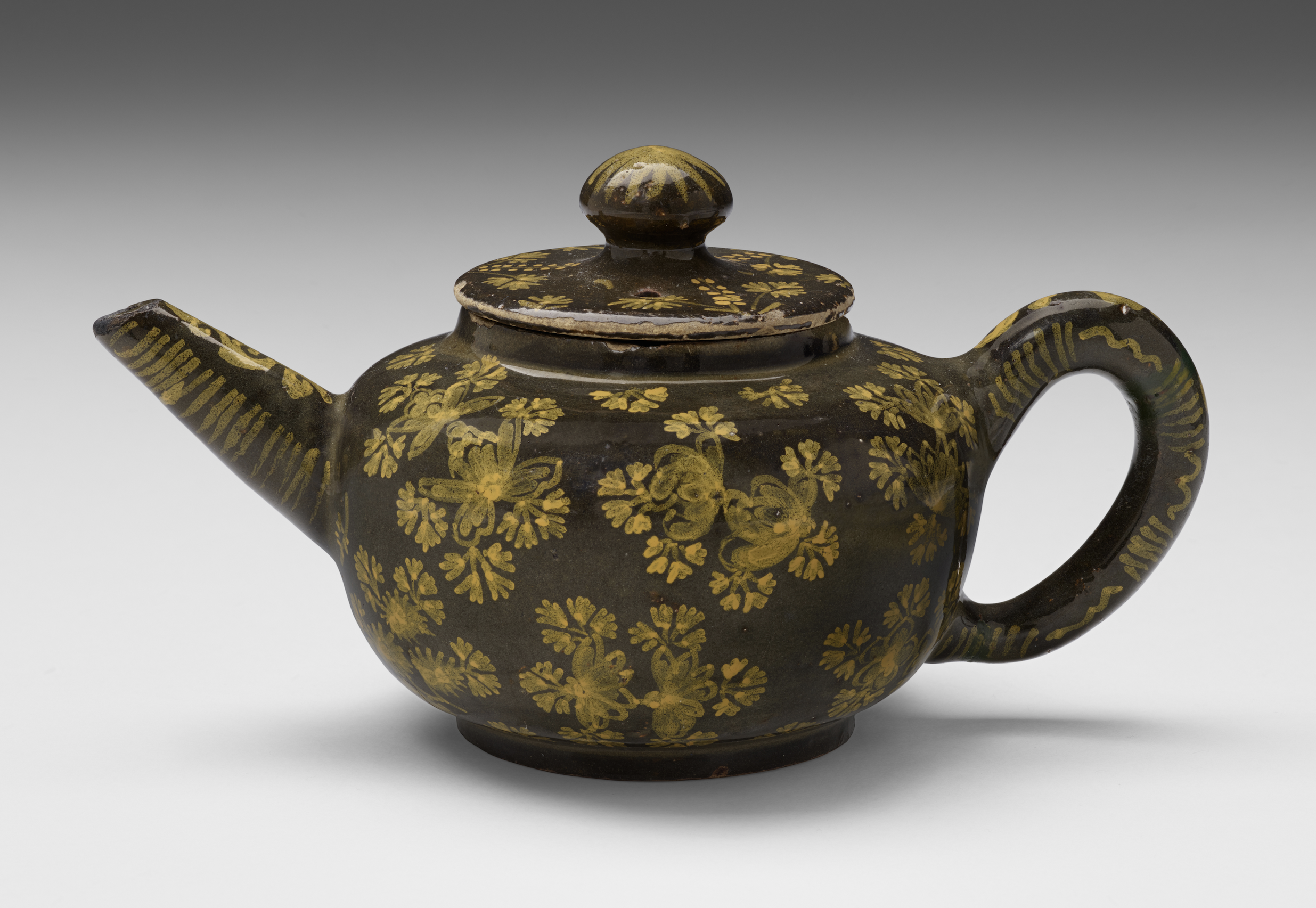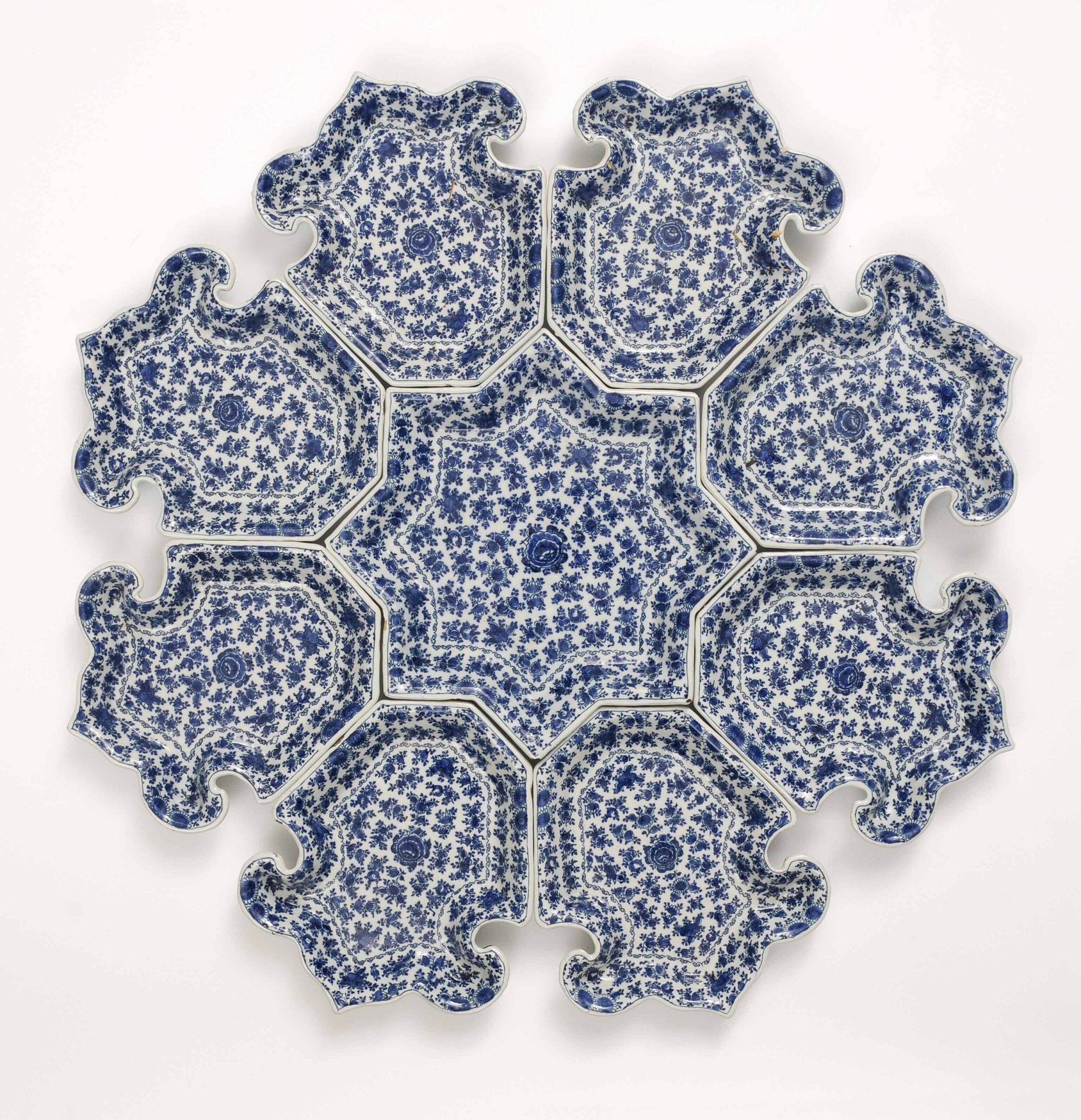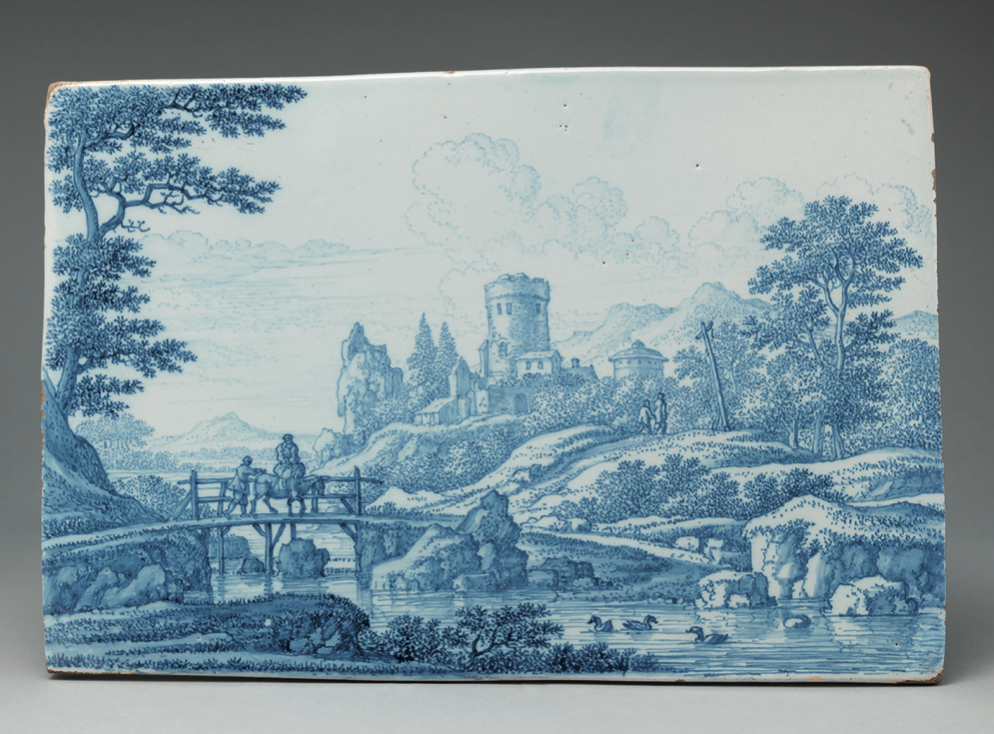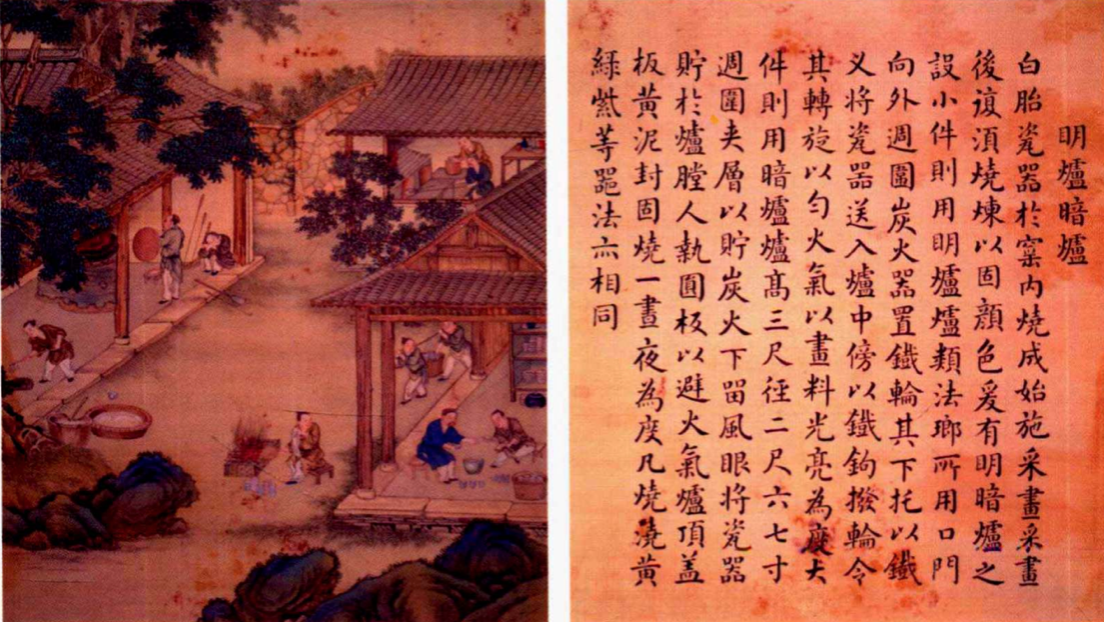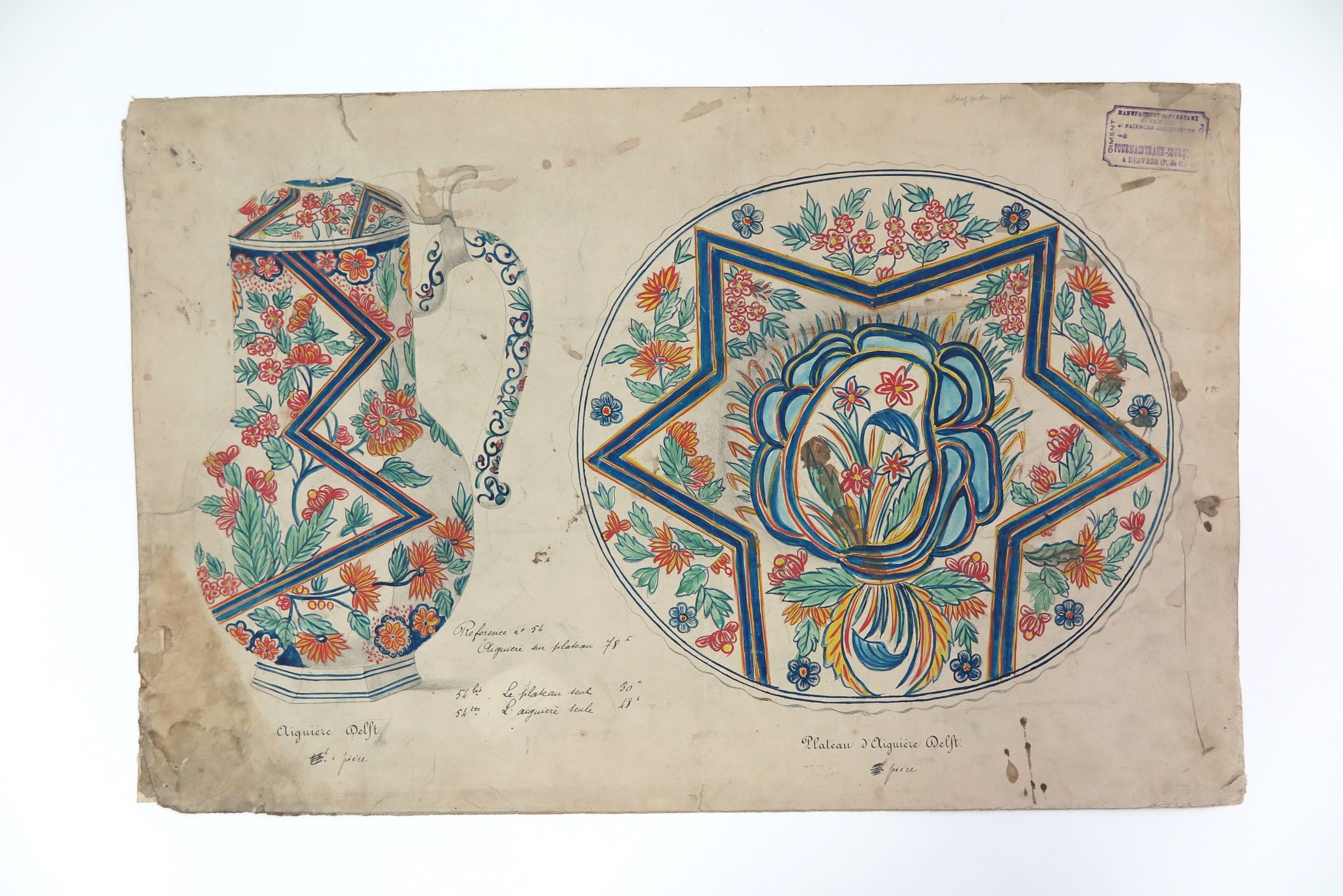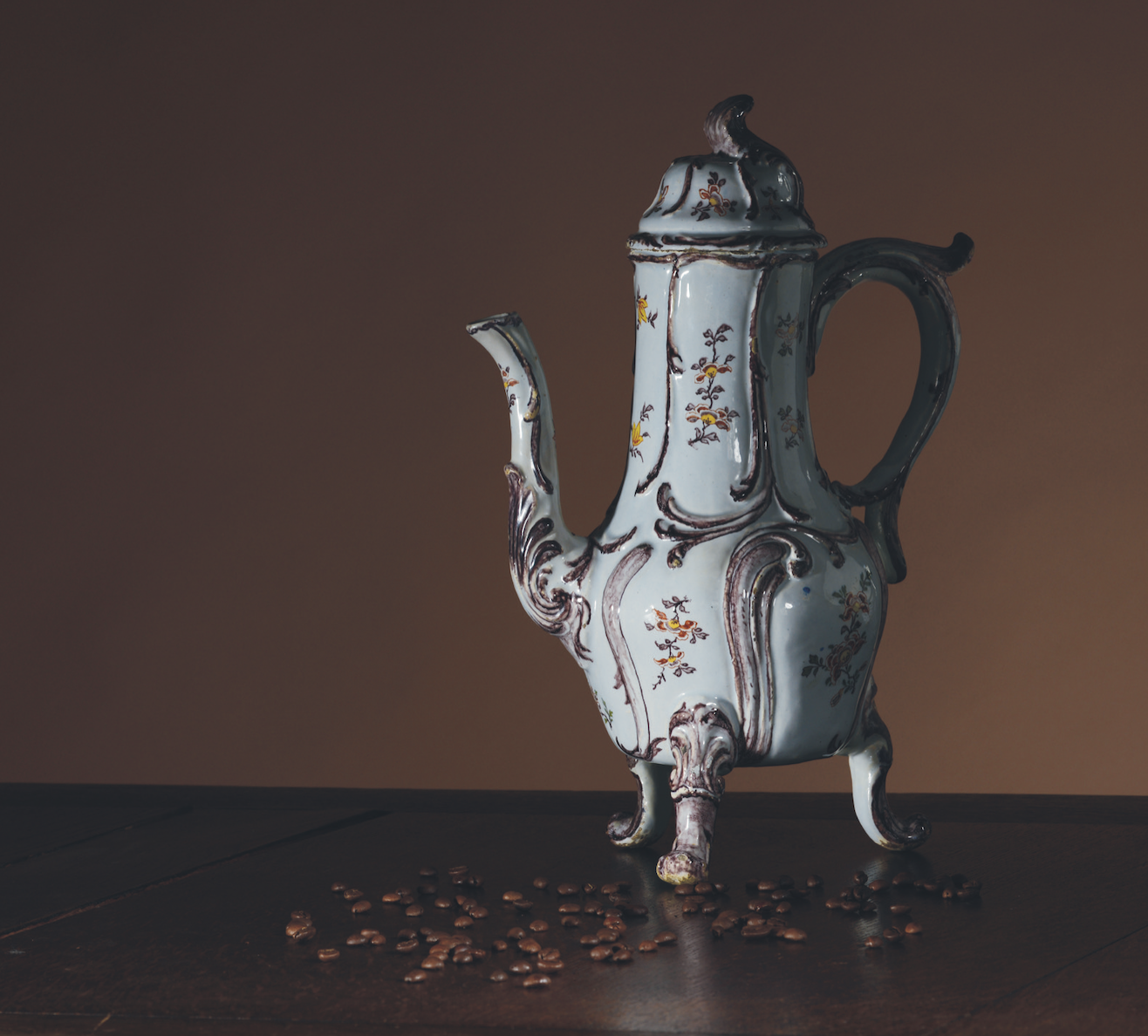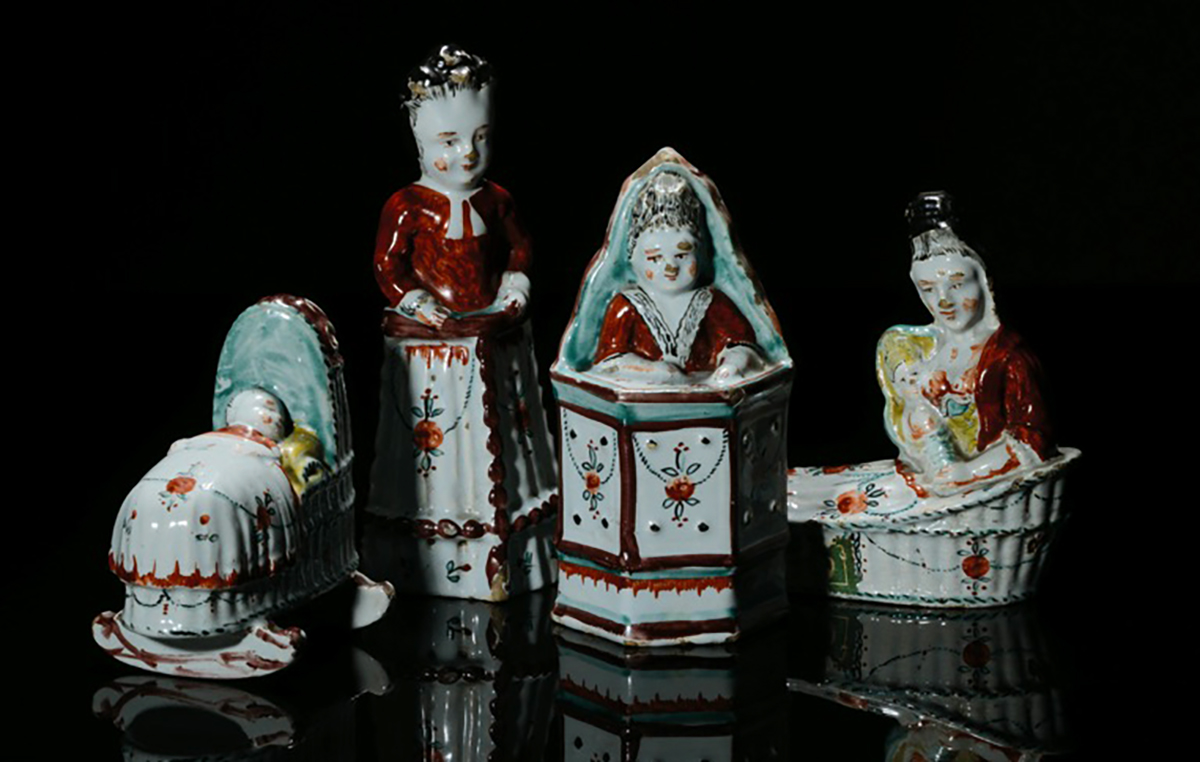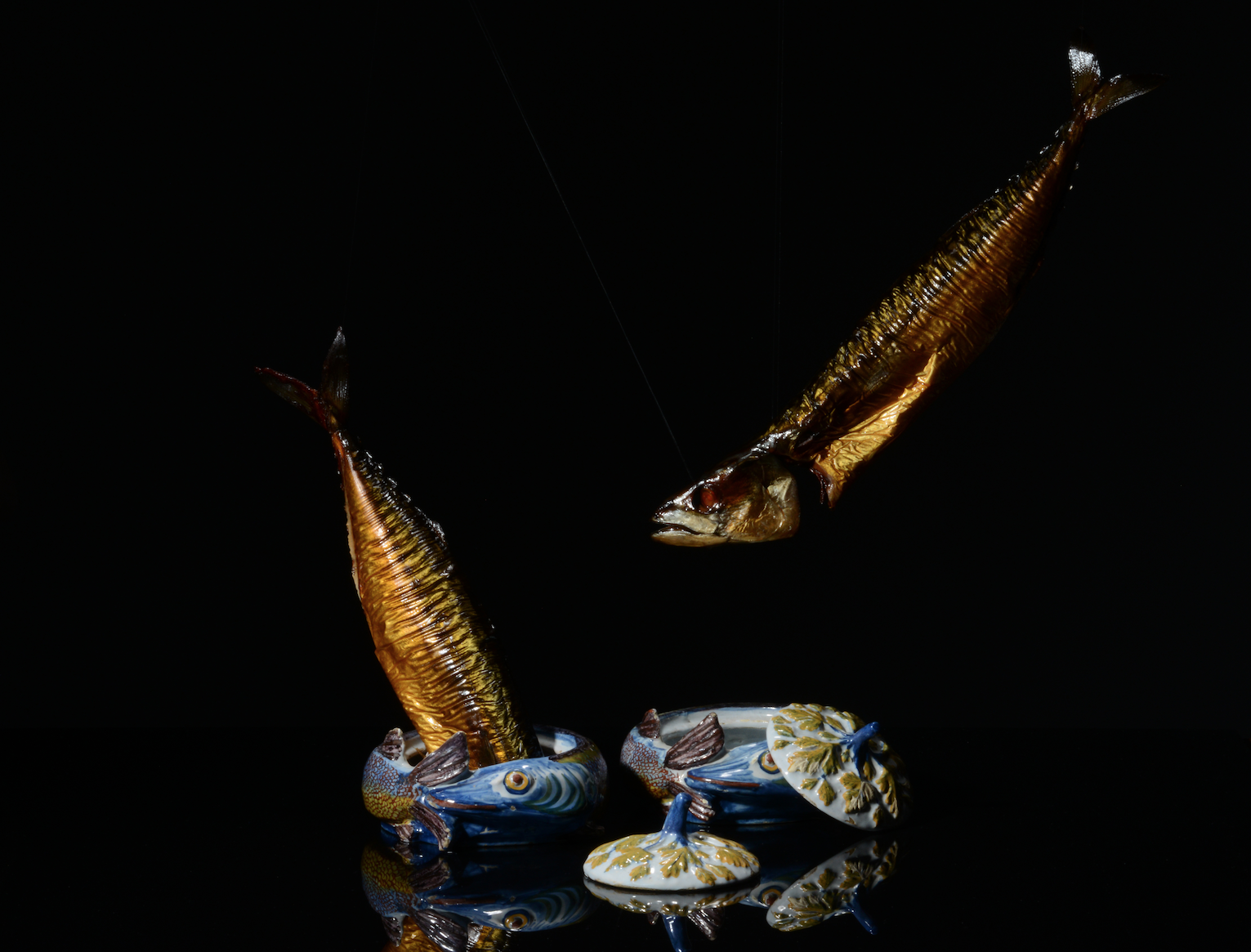Fashion Informs Function: The Fantastical Monteith
This odd-looking Dutch Delftware form is called a “monteith.” Monteiths were large bowls with scalloped rims that allowed wineglasses to suspend in chilled water. Their first appearance in 1683 is described by Oxford diarist Anthony à Wood (1632-1695), who wrote: “This yeare in the summer time came up a vessel or bason notched at the…

